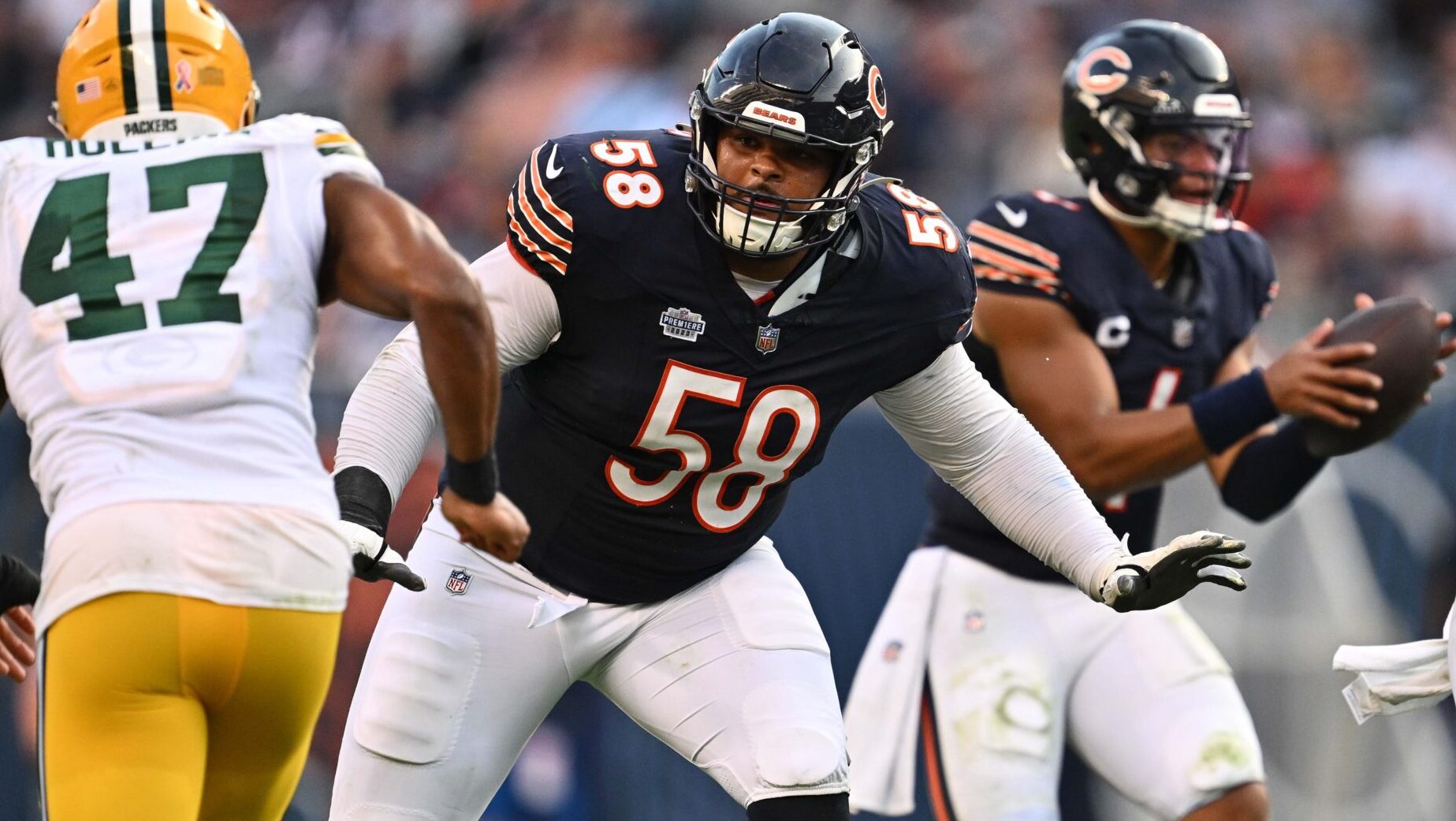Breakdowns
4/28/21
5 min read
The Subtlety of Being a Successful Drafter
When it comes to NFL draft preparation, the gap in quality of evaluation skills does not vary much from the top teams to the bottom teams. Outside of a few surprises, it is pretty rare to go through the first few rounds and not see most players picked at least in the ballpark of where you have them on your board. As you get deeper, that becomes less likely to hold, so real advantages open up. The point is, drafting in the early rounds is a really subtle thing.
Every year, the majority of analysts will be correct on the top five quarterbacks, but just getting a few of those five in the wrong order is the difference between a successful franchise or people getting fired. That is the real subtlety of it. The Jets could have had Sam Darnold rated just slightly below the other QBs in 2018. Why was Mayfield No. 1, Darnold No. 2 and Josh Allen No. 3 for them? The majority of teams had those three as the top three; the Jets just happened to have the wrong order. Three losing seasons later, they are preparing themselves for a similar situation with another “stack” at the position. Buffalo might have even had Darnold rated as their No. 2 quarterback. More recently, Philadelphia was not against Justin Jefferson; they just had Jalen Reagor rated slightly higher. That is just a reflection of how subtle these stacks can be by position. These are franchise-altering decisions that are really independent of being a well run organization.
In Philadelphia, we usually began preparing our stacks positionally in December or January. Most of our scouts graded by position, unlike the majority of teams that prioritize regional scouting. That philosophy does not say anything about what we will do with our picks, but starting off, we needed to make sure we get each position in the correct order. If we were comfortable taking the position, we needed to know we were getting the best one.
Then, we created the merged board. How does the third defensive end compare to the second offensive tackle? Once we integrated all the positional boards, every aspect was considered. Positional importance, health, character, positional scarcity. That process is what separates the good teams in drafting. You need to get those two things right: the position order and the merged board. What separates the really good teams is being able to successfully hit on that process into the later rounds.
On the Clock
When we were about five picks out from our pick, we took the five highest guys we had left and started to have serious discussions -- because they all had similar grades, and it was likely at least three of them would be there. We would have a quick meeting and, 99% of the time, we would stick with the order from the merged board. We hardly ever deviated from that, and in most instances, only due to how the draft had broken so far. For example, if we had already used serious draft capital to acquire that position or if we thought this would be the last chance we had during the draft to get a difference-maker at a certain position. We tried to stay pretty disciplined in those instances, but there are some cases we did deviate.
Trading
This philosophy varies quite a bit as the draft progresses. In the first round, we would know every team around us that was potentially moving up or down, and possibly know some preliminary deals that were contingent on a player still being there. A notable instance for me was when I was in Cleveland, and we agreed with St. Louis to trade back if Barkevious Mingo was not still on the board. We got to the sixth pick and Mingo was still there. So we turned down the trade offer and drafted Mingo.
Once you get out of the first round, it is totally different, because you have no idea what teams are trying to trade up or down. Going into each round, we usually had about five guys we felt comfortable selecting where we were picking. As that number dwindled throughout the round, we began looking at trade-back scenarios. This usually started around 10 picks out, and it was just to notify the teams behind us that we were willing to trade back. Sometimes those discussions were contingent on a player or a team comfortable enough to move up regardless. We also worked the inverse of this if there was a player we had rated high that had begun to slip.
As you get closer to executing the trade, it becomes a very delicate process. We had a small assigned group of callers that sat right next to the head table, so we could easily communicate with them. You can be working on a trade and then have 20 seconds left on the clock. Everyone needs to be ready to go when it is final. Who is calling our guy at the draft? Who is calling the league to process the trade? Who is submitting the paperwork? All of that, including who is moving the player tag off the board, is rehearsed until it’s a flawless procedure, in case there is a situation where the clock has fallen under a minute when the trade is finally executed. The smart teams have this process down to the tiniest detail, so there are no mistakes late in the clock.








